Updated, as of Jan. 12, 2025
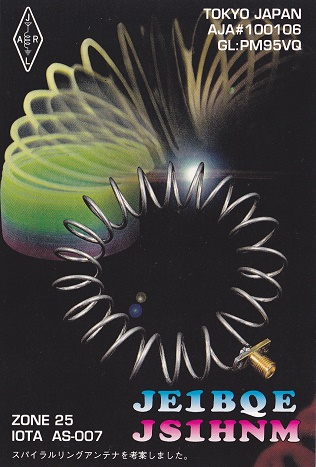 [Station Information]
[Station Information]
* Licensed in 1971
* 3 Amateur Radio Stations with the same callsign JE1BQE in Kanto Region
* QTH #1 : Taito-ku, Tokyo, Japan
* Maximum Output Power : 200W
* JCC #100106
* GL PM95VQ
* QTH #2 : Tama-ku, Kawasaki-city, Kanagawa, Japan
* Maximum Output Power : 1kW
* JCC #110305
* GL PM95SP
* QTH #3 : Isumi-city, Chiba, Japan
* Maximum Output Power : 50W
* JCC #1238
* GL QM05EF
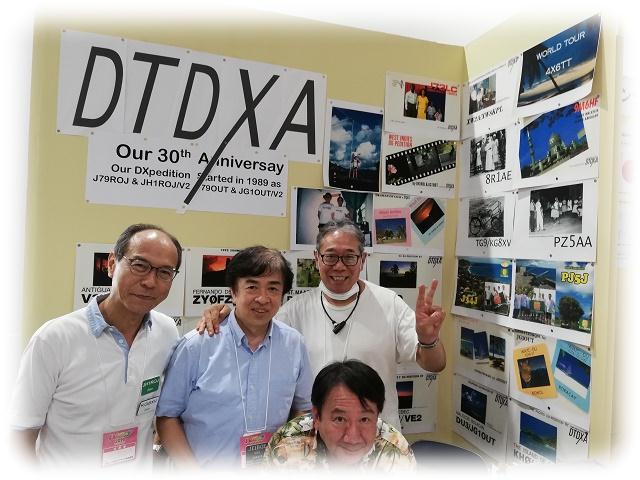 I was born and raised in Akihabara, Tokyo, where is a world-famous electronics town, I have loved making radios since I was a small child.
I was born and raised in Akihabara, Tokyo, where is a world-famous electronics town, I have loved making radios since I was a small child.
I got my amateur radio licence when I was 15 years old, and have been enjoying amateur radio operation from my own station JE1BQE since 1971.
My wife (JS1HNM) and my younger brother (JF1LVQ) are also HAMs.
Currently, with the redevelopment of Tokyo, many tower condominiums have been built in the surrounding area. The sky is no longer visible from the position of my antenna, but radio waves are strange things. I can hear the weak signals of my Ham friends around the world. I will continue this wonderful hobby from downtown Tokyo for the rest of my life. See you on the air, dear my Ham friends !

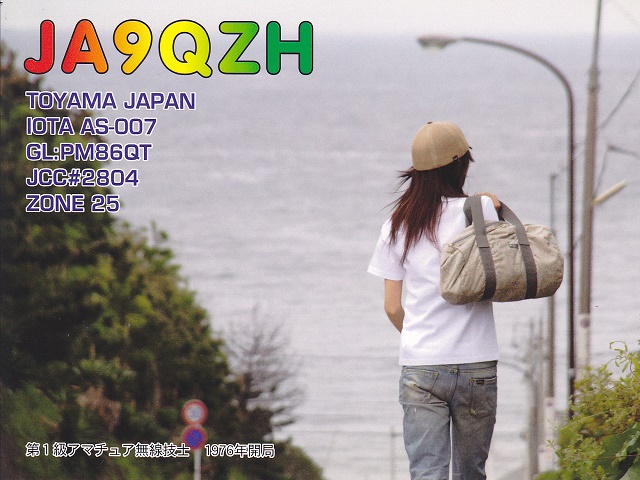 [Station Information]
[Station Information]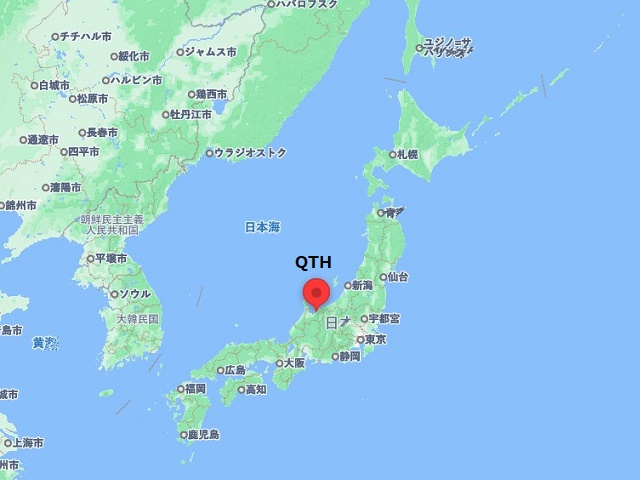 [Mirage] As Mirage can be seen in Toyama Bay from early spring to early summer, and many tourists visit here. We see beautiful fireworks, when a Mirage of class B or higher appears.
[Mirage] As Mirage can be seen in Toyama Bay from early spring to early summer, and many tourists visit here. We see beautiful fireworks, when a Mirage of class B or higher appears.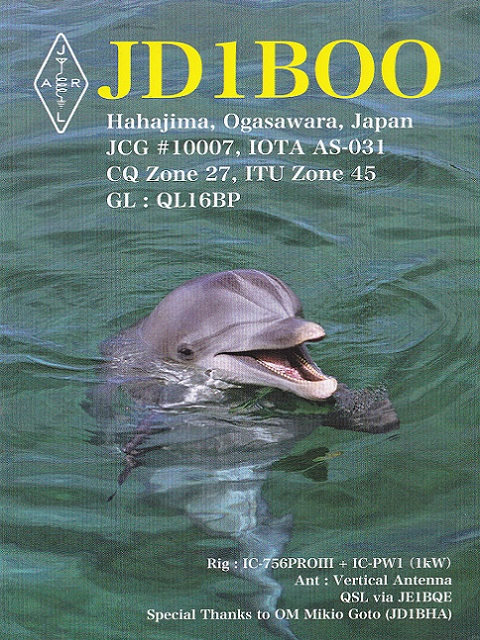 [Station Information]
[Station Information] Ogasawara Islands (Bonnin Islands) consists over 30 islands, small and large scattered in the Pacific Ocean about 1,000 km south-southeast of Tokyo. The two largest islands of Ogasawara Islands, Chichijima and Hahajima are inhabited.
Ogasawara Islands (Bonnin Islands) consists over 30 islands, small and large scattered in the Pacific Ocean about 1,000 km south-southeast of Tokyo. The two largest islands of Ogasawara Islands, Chichijima and Hahajima are inhabited.